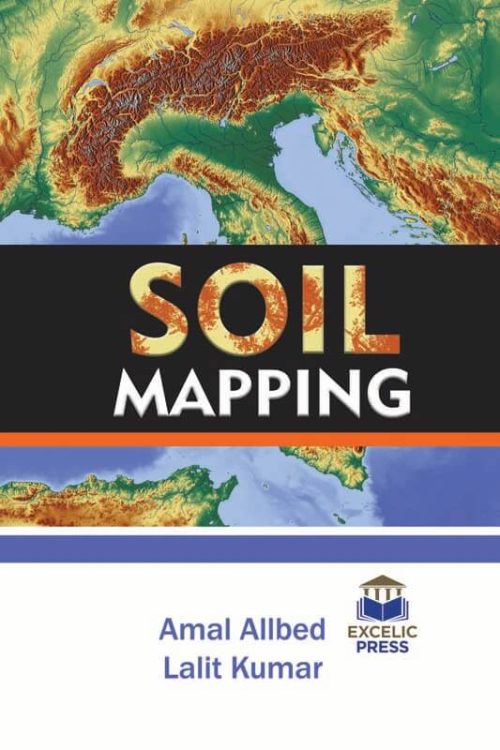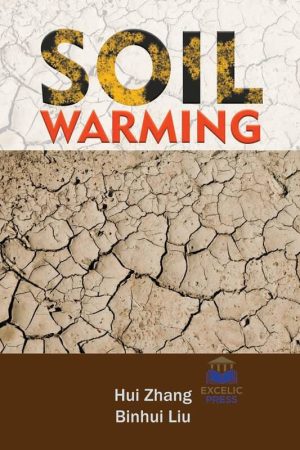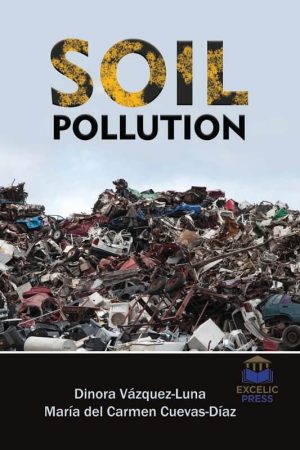Description
A high pH level of soil can deprive plants of certain nutrients and can also lead to toxicity. At high levels of toxicity, root growth can be inhibited, decreasing the amount of water and nutrients available to the plant. This leads to a detrimental impact on the crop’s growth. The pH value and the depth at which pH constraint is reached differs significantly from field to field which results in spatially variable crop yields. Currently, the traditional mapping of soils has been criticized for being time-consuming and costly. In response to these criticisms, new approaches have been proposed and developed to improve the mapping of soils and their attributes. Although Geographical Information Systems (GIS) have a limited application in land use, it has recently found use in land classification for surveying and mapping land, monitoring facilities, visual resource assessment and identifying areas that are appropriate to develop agricultural activities, etc. GIS is crucial in land classification.
The purpose of this book is to cover the state of the information of soil mapping including different soil factors like pH, salinity, nutrients, texture, porosity, toxicity, etc., along with general soil types and land availability through the application of GIS. Soil salinity presents a major problem in arid and semi-arid regions and can be caused naturally or due to human activity. High salt salinity can have a severe impact on crop growth while reducing land productivity and ultimately resulting in land degradation. Thus, monitoring and mapping saline content in the soil help in implementing reclamation programs in an effective and timely manner, to reduce and prevent soil salinity. The purpose of the opening chapter of this book is to discuss various indicators of soil salinity; review methods for remote monitoring such as satellite sensors, detecting and mapping soil salinity, particularly in arid and semi-arid regions. Interactions of environmental covariates occur at multiple scales and have an effect on the genesis and the spatial soil along with other environmental properties. Therefore, it is imperative to account for the essential process scales relevant to soil property genesis in digital soil mapping (DSM) and ecological spatial modeling more generally. Several approaches have been discussed in order to derive scaled versions of environmental covariates. Thus, to improve the development and implementation of the necessary amount of soil reclamation programs and to restrict any increase in saline content in agricultural lands and natural ecosystems, awareness about the spatial extent, nature, and distribution of soil salinity is important. Detecting, monitoring and assessing severity levels and extent at regular intervals is a crucial first step in solving this problem at local and regional levels.





